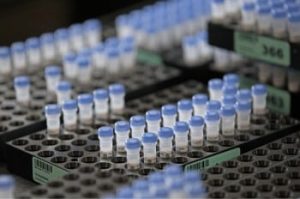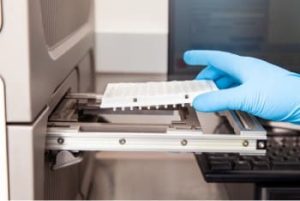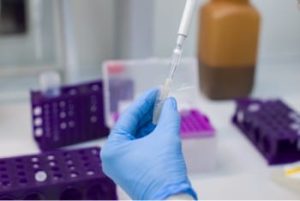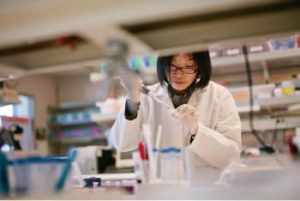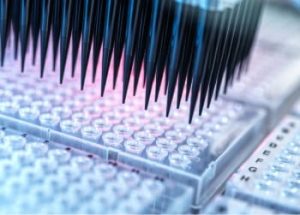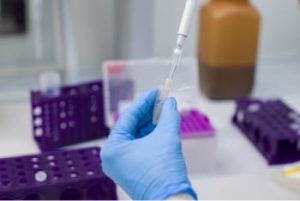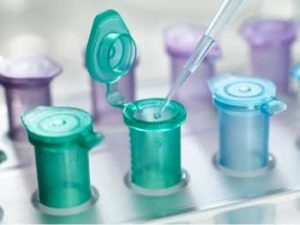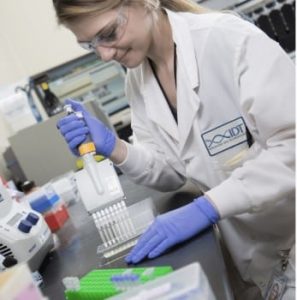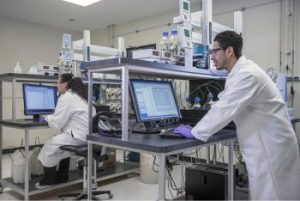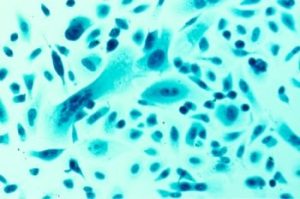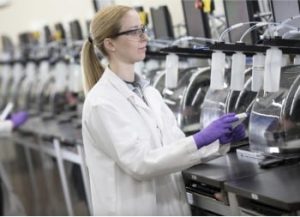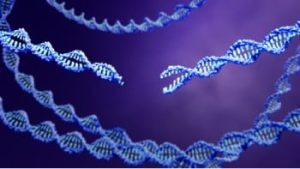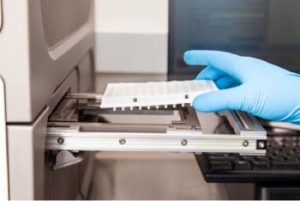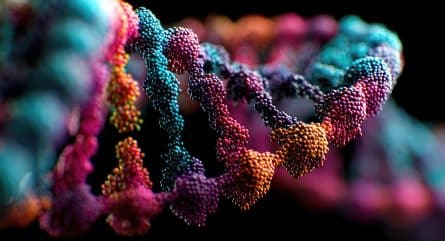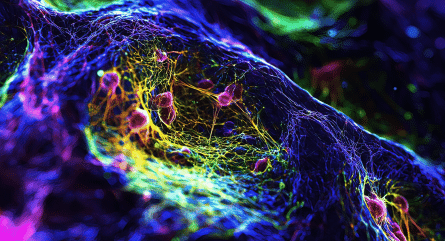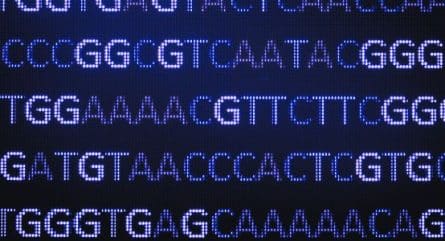Background
CD8+ T cells from cancer patients have been shown to be a key player in eliciting antitumor immune responses [1-2]. It is the interaction between T cell receptors (TCRs) and their antigens that allows this immune response to occur, but the connection between the phenotypic characteristics and the TCR properties is not well characterized. Unfortunately, a TCRs ability to recognize specific, or individual cancers, is extremely variable as there are not many true antitumor TCRs. Oliveira et al. first characterized the phenotype of tumor-specific CD8+ TCRs followed by the use of gBlocks™ Gene Fragments for TCR reconstruction and antigen specificity to develop reactivity studies which allowed them to determine the specificity and avidity of true anti-melanoma lymphocytes that had more targeted immune response to those cancer cells [2].
Methods
To effectively characterize the CD8+ T cells, Oliveira and team processed for single-cell sequencing as well as for TCR screening analysis followed by sequencing using whole-exome sequencing and RNA-seq. Mass spectrometry-based proteomics then determined HLA class I expression and the HLA class I binding of the cell lines [2]. In addition, TCR reconstruction and antigen specificity screening was done and a CD137 upregulation assay was run to determine the TCR transduction signal stemming from antigen recognition [2].
Results
Oliveira and research team found a majority of the CD8+TIL cells present in the intratumoral microenvironment had an exhausted phenotype and did not become memory T cells. This exhaustive state is considered a dysfunctional state that T cells enter during periods of chronic infection, or cancer, and prevents effective control of the infection or tumors [3]. In assessing the accuracy and avidity of the antitumor TCRs, they found that this exhaustive phenotype continued to be observed whether it was a public melanoma antigen (MAA) distributed among different tumors, or a personal neoantigen (NeoAg) specific for each tumor [2]. The T cell receptors specific for MAAs had lower avidity coupled with stronger tumor recognition due to an abundance of antigen availability. On the other hand, NeoAg-specific TCRs had a much higher binding strength due to high affinity and increased stability from mutated peptide-HLA interactions resulting from a much lower expression of its associated antigen [2]. Finally, T cell receptor Beta (TCRβ) chain sequencing allowed them to assess the circulating T cell population revealing more non-exhausted memory T cells present compared to exhausted TILs, as was expected, given that the opposite phenotype was found in the CD8+TIL cells in tumors.
Conclusions
CD8+ tumor-specific tumor infiltrating lymphocytes (TILs) predominantly result in an exhausted phenotype when interacting with tumor antigens [2]. There is a specific relationship between TCR properties and tumor recognition such that antigens associated with melanoma demonstrated strong tumor recognition and low avidity with highly available antigens [2]. It has been shown that disease persistence is associated with the amounts of exhausted TIL-TCRs found in the blood. Progressive disease, chronic tumor stimulation, and poor immunotherapy response were found to be correlated to increased levels of exhausted TILs [2]. From this research, Oliveira et al. determined that effective immunotherapy would therefore require new T cells not stalled in the exhausted state to effectively respond to the tumor. They suggested that exhaustion and antitumor recognition are highly connected in tumors, but if the two could be separated, it might allow for more effective and individualized tumor treatment [2].
References
- van der Leun AM, Thommen DS, Schumacher TN. CD8+ T cell states in human cancer: insights from single-cell analysis. Nat Rev Cancer. 2020;20(4):218-232.
- Oliveira G, Stromhaug K, Klaeger S, et al. Phenotype, specificity and avidity of antitumour CD8+ T cells in melanoma. Nature. 2021;596(7870):119-125.
- Wherry EJ. T cell exhaustion. Nat Immunol. 2011;12(6):492-499.
For research use only. Not for use in diagnostic procedures. Unless otherwise agreed to in writing, IDT does not intend these products to be used in clinical applications and does not warrant their fitness or suitability for any clinical diagnostic use. Purchaser is solely responsible for all decisions regarding the use of these products and any associated regulatory or legal obligations. Doc ID# RUO22-1192_001

